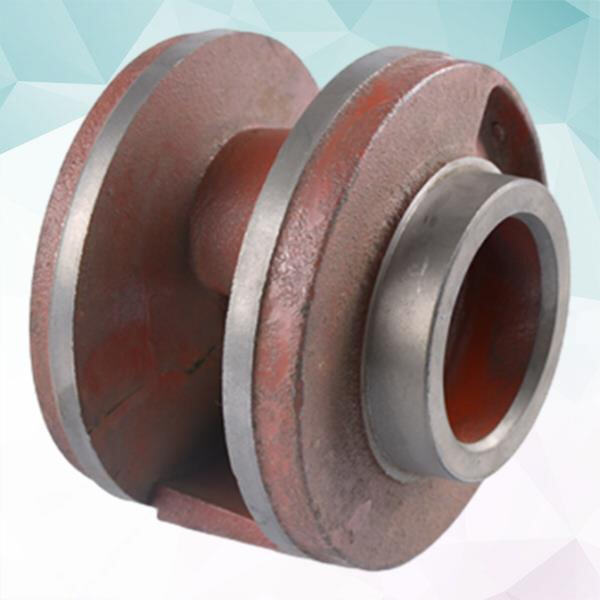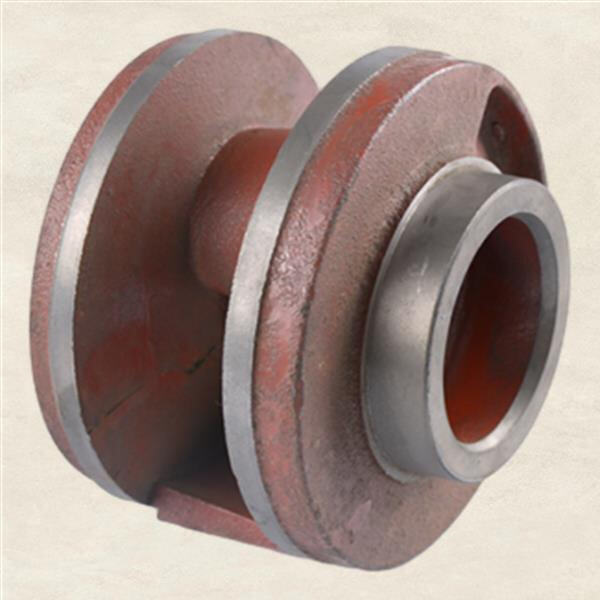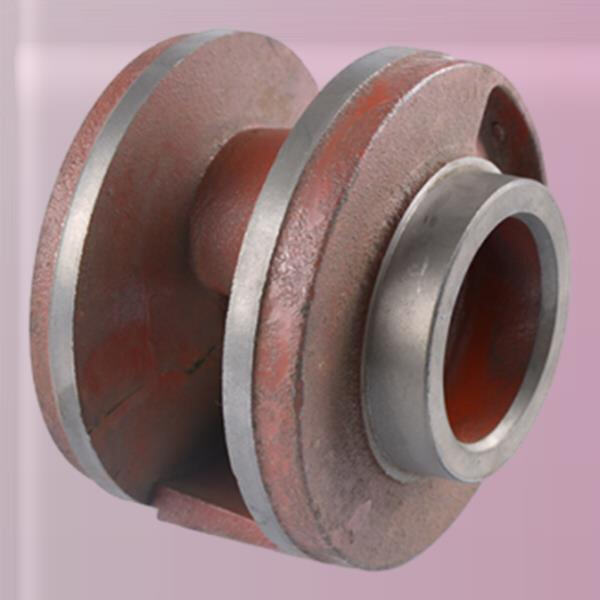The ductile iron is an unique type of metal that is being extremely beneficial and strong. It is commonly used in construction projects because it is durable. In this post, we are going to find out what ductile iron is, the properties of ductile iron, how ductile iron is made, the advantages of ductile iron and how ductile iron is different from other types of metals.
Ductile iron is an iron that is manufactured to be malleable and less prone to break. This flexibility is what makes it “ductile,” which is another way of saying that it can be bent and molded without shattering. This is one of the aspects that makes ductile iron such a versatile material.
Ductile iron has some useful characteristics that make it ideal for construction. It's mighty, and can hold heavy stuff without falling apart. It also doesn’t readily rust, so it can be placed outdoors. Ductile iron is used in the construction of bridges, buildings and pipelines. It is also utilized to produce machines and instruments.

Ductile iron is created by adding a small amount of magnesium to hot iron. This alters the iron and renders it more flexible. The magnesium also prevents graphite from forming into tiny pieces, which can weaken the iron. Ductile iron generally contains 3% to 4% carbon and 1% to 3% silicon.

There are lots of reasons for using ductile iron to make things. One major factor is that it is sturdy and durable. Ductile iron can bear heavy loads and does not corrode, so it is used in bridges and buildings. It also is simple to mold into various shapes.

Ductile iron is not the same as other types of iron, like cast iron or steel. One of the key distinctions is that ductile iron is malleable. It can be bent without breaking where cast iron snaps and steel is tougher to form. It is also more resistant to rust than cast iron, so you can even use a product made from ductile iron outdoors. And it is stronger than cast iron, which is a plus when you’re building something that holds a lot of weight.

